Some myths just refuse to die — and in the world of pet care, a few of them are downright dangerous.
It’s 2025. We have smart homes, self-driving cars, and fridges that talk back. Yet somehow, people are still clinging to old pet advice that belongs in a dusty history book.
From bizarre feeding habits to outdated training “rules,” these myths aren’t just silly — they could be putting your beloved companion at risk without you even realizing it.
Let’s drag these tired old ideas into the sunlight where they belong — and make sure your pet gets the modern love and care they deserve.
Myth: Cats Always Land on Their Feet
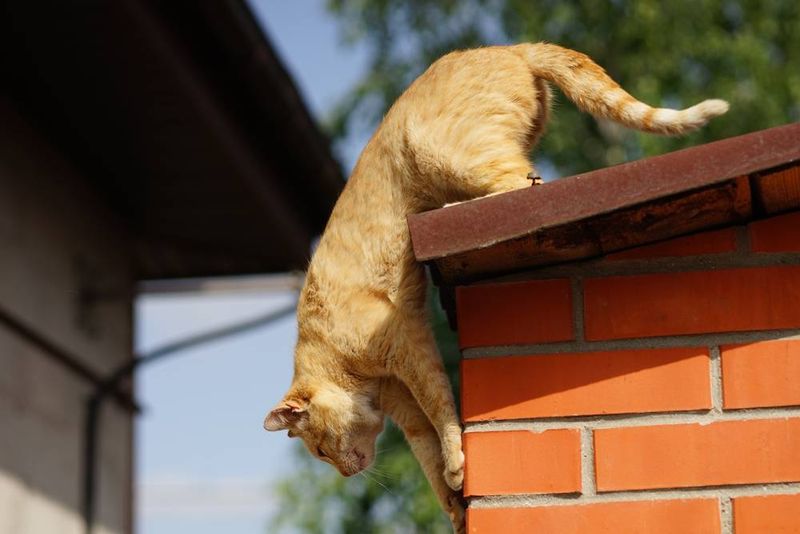
Think all felines possess an unerring sense of balance? Not always! Cats may be agile, but landing safely isn’t guaranteed. Their reflexes sometimes fail, especially from shorter distances. Owners should ensure their environment is safe, minimizing risks.
Interestingly, cats’ unique skeletal structure does aid in many successful landings. Yet, assuming they’ll always land perfectly can lead to preventable injuries. It’s crucial to provide safe spaces and supervise playtime.
Ensuring a cat’s safety means understanding their limits. With care, you can create a nurturing environment that doesn’t rely on myths for protection.
Myth: Dogs Eat Grass Only When Sick

Ever caught your dog nibbling on grass and thought something was amiss? The truth is, many dogs eat grass simply because they enjoy it, not because they’re unwell. While some may use it to ease an upset stomach, it’s not always a sign of illness.
This behavior might also stem from boredom or a desire for fiber. Observing your dog’s habits is key to understanding their needs. Don’t fret at the sight of grass-eating; instead, focus on a balanced diet and regular health checks.
A happy pet means embracing quirks like this without jumping to conclusions.
Myth: Fish Only Grow to the Size of Their Tank
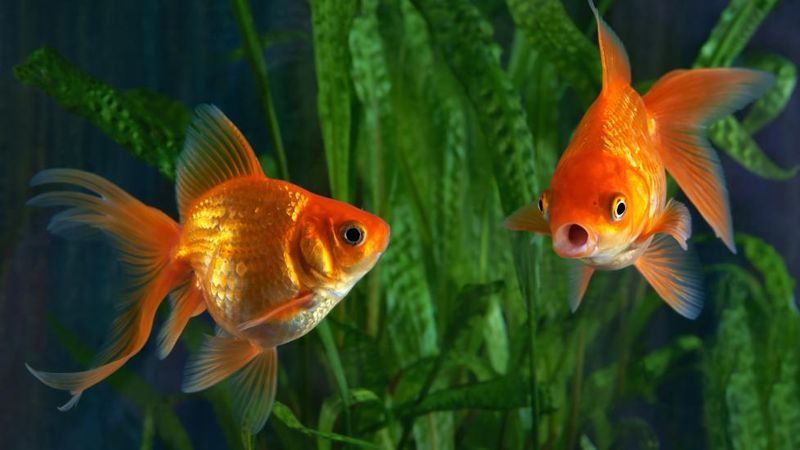
The idea that fish grow only to the size of their tank is misleading. While confinement can impact growth, it’s not the only factor. Proper care, nutrition, and environment play pivotal roles. Fish like goldfish can outgrow small tanks, leading to health issues.
Providing ample space and suitable conditions ensures optimal growth. Fish thrive in environments that mimic their natural habitats.
To keep your aquatic friend healthy, consider investing in a larger tank, quality food, and regular maintenance. By debunking this myth, you’ll support a vibrant, flourishing tank.
Myth: Birds Don’t Require Veterinary Care
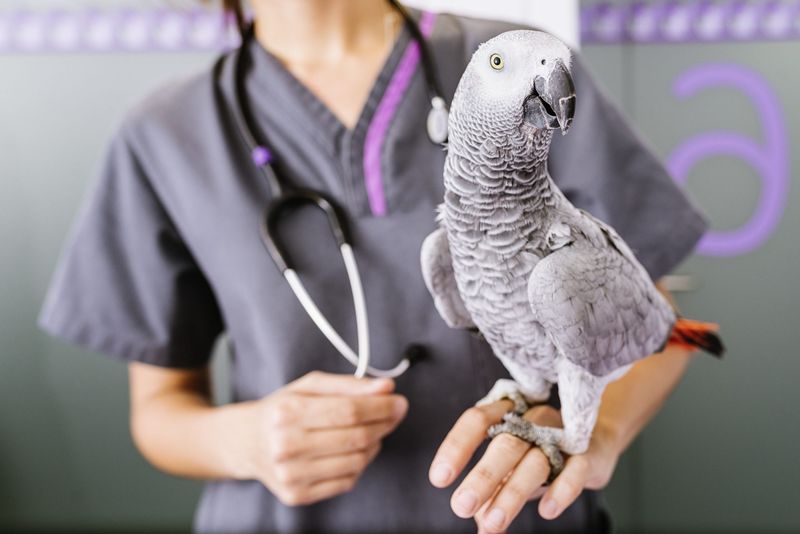
Assuming birds don’t need vet visits is a common misconception. Birds, like other pets, benefit from regular checkups. Detecting issues early can prevent future health complications.
Parrots, canaries, and other avian friends often hide their ailments, making professional care essential. Routine visits ensure vaccinations, nutritional guidance, and overall well-being.
Creating a healthy home for your bird means prioritizing their medical needs. This myth overlooks the complexities of bird health, underscoring the importance of veterinary support.
Myth: Hamsters Love Being Held
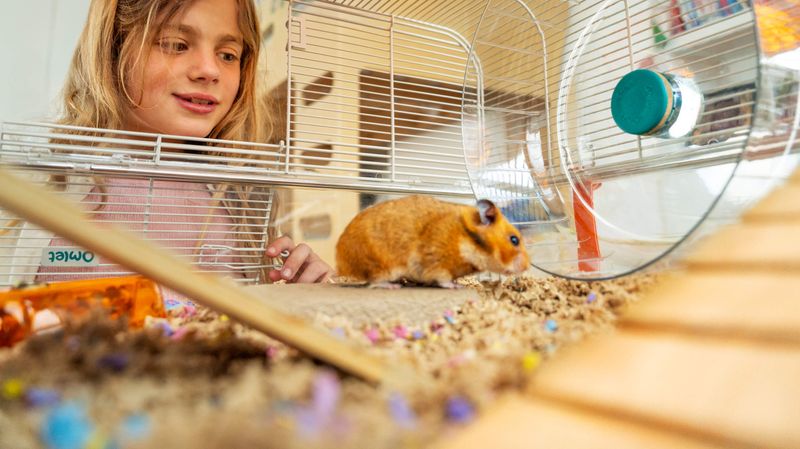
Hamsters may appear cuddly, but not all enjoy being held. Many prefer exploring their surroundings independently. Gentle handling, when necessary, helps build trust, but forcing interaction can lead to stress.
Understanding a hamster’s nature fosters a positive relationship. Observing their behavior provides clues to their comfort levels.
Providing toys and a stimulating environment fulfills their need for exploration. A hamster’s affection is not always physical; patience and respect for their boundaries create a loving bond.
Myth: Reptiles Are Low-Maintenance Pets
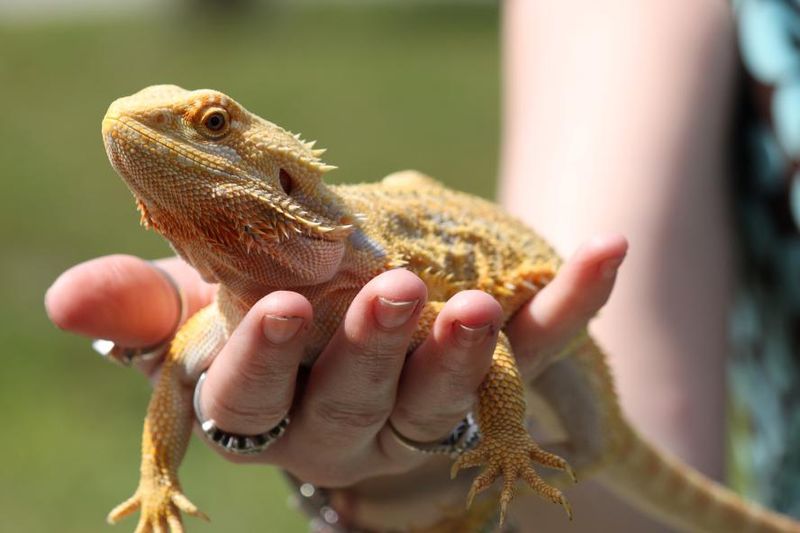
Reptiles might seem easy to care for, but they’re far from low-maintenance. Each species demands specific conditions, such as temperature control, UV lighting, and appropriate diet. Ignoring these needs leads to health issues and stress.
Bearded dragons, snakes, and turtles require detailed attention to thrive. Researching the unique demands of your reptilian friend is crucial.
A well-equipped terrarium, regular vet visits, and a varied diet ensure their happiness. Understanding these needs debunks the myth of simplicity and enriches your pet’s life.
Myth: Rabbits Are Perfect Pets for Children

Rabbits, with their soft fur and twitching noses, seem ideal for kids, but they’re not always suitable. They require gentle handling and specific care, which young children may struggle to provide.
Rabbits can be easily stressed by rough play or loud noises. Educating kids on proper care and respecting a rabbit’s space is vital.
Instead of viewing rabbits as starter pets, recognize the commitment they require. By understanding their needs, families can enjoy rewarding companionship without misconceptions.
Myth: Pet Food Labels Tell the Whole Story

Pet food labels can be deceptive. Though they provide some information, they don’t always convey the full nutritional picture. Ingredients and quality vary greatly between brands.
Consulting a vet for dietary advice ensures your pet’s specific needs are met. Understanding labels often requires expertise.
Choosing the right food involves more than just reading labels. Recognizing the importance of balanced nutrition leads to better health and longevity for your pet.
Myth: Dogs Age 7 Years for Every Human Year

The belief that dogs age seven years for each human year oversimplifies canine aging. Various factors like breed, size, and health affect aging rates. Smaller dogs often live longer than larger breeds.
Understanding your dog’s unique aging process involves observing their behavior and health. Regular vet visits provide insights into their specific needs.
Debunking this myth helps pet owners offer appropriate care throughout their dog’s life stages. Knowledge leads to informed decisions and a happy, healthy pet.
Myth: Cats Don’t Need to Drink Water
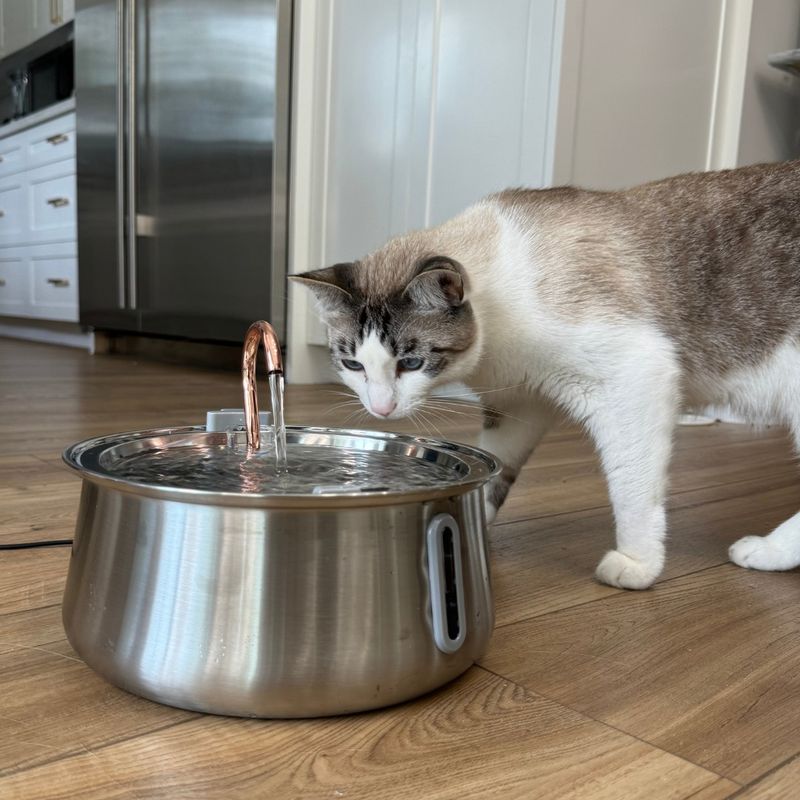
Cats, often perceived as low-water creatures, do need hydration. While they get moisture from food, especially wet diets, fresh water is essential. Dehydration can lead to serious health issues, including kidney problems.
Encouraging cats to drink involves providing fresh water sources like fountains and bowls placed around the home. Cats naturally prefer moving water.
Understanding a cat’s hydration needs dispels this myth, fostering a healthy lifestyle. Regularly monitoring water intake ensures their well-being and vitality.
Myth: Pet Birds Are Noisy and Messy
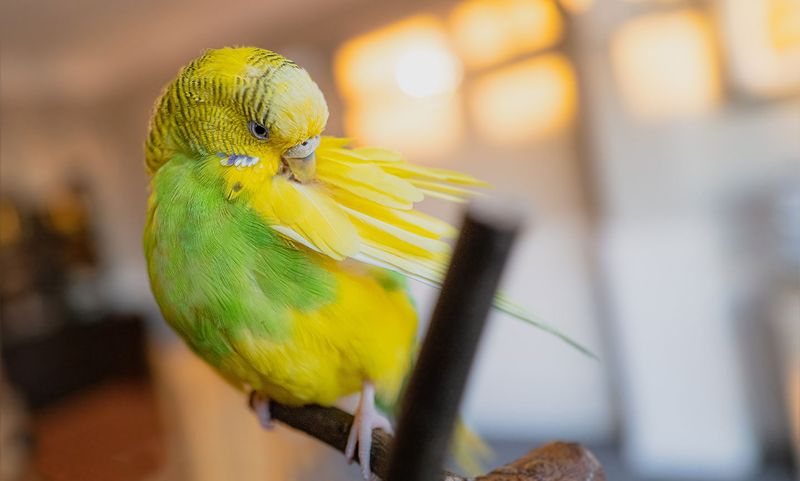
Birds, often thought to be noisy and messy, can be neat and quiet with proper care. Cage maintenance, training, and species selection influence their behavior.
Parakeets, for example, vary in noise levels, while certain species are naturally more vocal. Understanding these traits helps manage expectations.
Promoting cleanliness involves regular cage cleaning and engaging activities. Embracing a bird’s nature leads to harmonious coexistence without myths clouding perceptions.
Myth: Only Dogs Can Be Service Animals

Dogs are renowned for their service roles, but they’re not alone. Cats, miniature horses, and even birds can be trained to assist people with disabilities. The key lies in the animal’s temperament and training.
Service animals provide support through emotional companionship, mobility assistance, and more. Recognizing this diversity broadens understanding and appreciation.
By embracing the unique abilities of various animals, society can benefit from their companionship and aid. This myth limits potential, overlooking many valuable service animals.
Myth: All Pets Can Eat Human Food

Sharing meals with pets seems harmless, but many human foods are toxic. Chocolate, grapes, and onions pose serious risks to animals. Understanding dietary restrictions is crucial for keeping pets safe.
Consulting a vet about appropriate foods ensures your pet’s health. Providing suitable treats allows them to enjoy variety without danger.
Avoiding this myth protects pets from accidental harm, fostering a healthy and happy home environment. Awareness and vigilance make mealtime safe for everyone.
Myth: Fish Tanks Clean Themselves
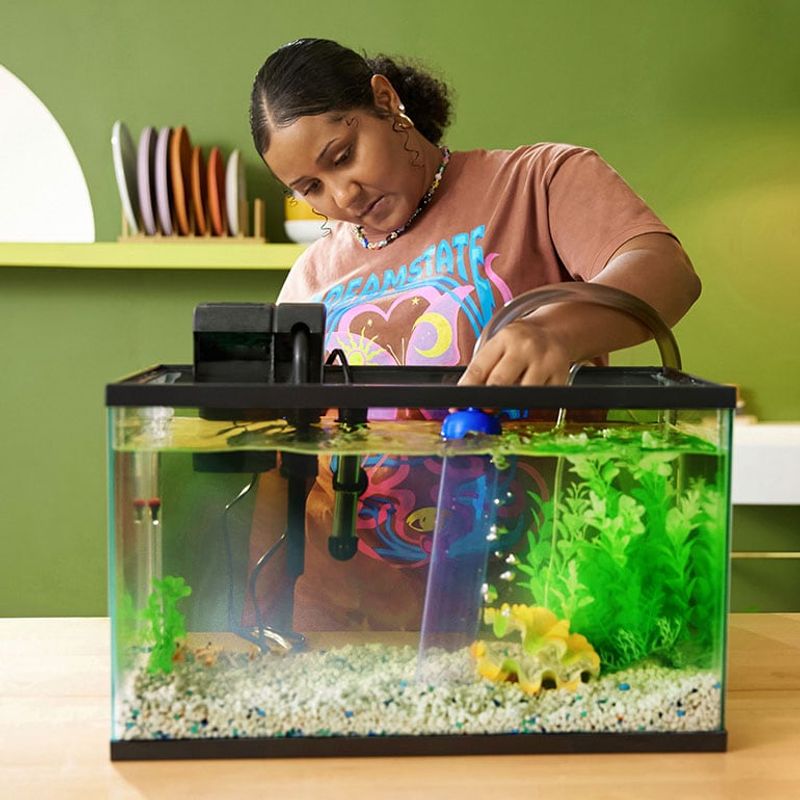
Fish tanks don’t clean themselves; they require regular maintenance. Algae growth, waste buildup, and water quality demand attention. Neglect leads to unhealthy environments for fish.
Routine cleaning, filter checks, and water changes keep aquariums thriving. Understanding these tasks ensures a vibrant aquatic habitat.
By addressing this myth, pet owners can enjoy beautiful, healthy tanks. Knowledge and effort transform aquariums into serene underwater worlds.
Myth: Black Cats Are Unlucky

Black cats, often associated with bad luck, are just as charming as any feline. This myth stems from outdated superstitions but holds no truth today. Embracing their playful nature reveals their true character.
Many cultures view black cats as symbols of good fortune. Recognizing their unique beauty dispels myths, highlighting their affectionate and quirky personalities.
Welcoming a black cat into your home invites joy and companionship. Letting go of this myth allows for a deeper appreciation of these mysterious creatures.
Myth: Pet Reptiles Don’t Show Affection

Reptiles, often perceived as emotionless, can display affection in subtle ways. Bearded dragons, for instance, recognize their owners and enjoy gentle handling.
Understanding their behavior helps build connections. Observing cues like calmness and approachability fosters trust.
Recognizing reptilian affection enriches the pet-owner relationship. This myth overlooks the depth of bonds possible with these unique creatures.
Myth: Purebred Dogs Are Healthier

The allure of purebred dogs often comes with assumptions of superior health, yet mixed breeds can be equally robust. Purebreds are sometimes prone to genetic disorders due to limited gene pools.
Evaluating a dog’s health means considering individual factors rather than breed alone. Regular vet visits and a balanced lifestyle are key.
Understanding these nuances improves pet care decisions. This myth highlights the importance of informed choices in adopting or buying a pet.
Myth: All Cats Hate Water
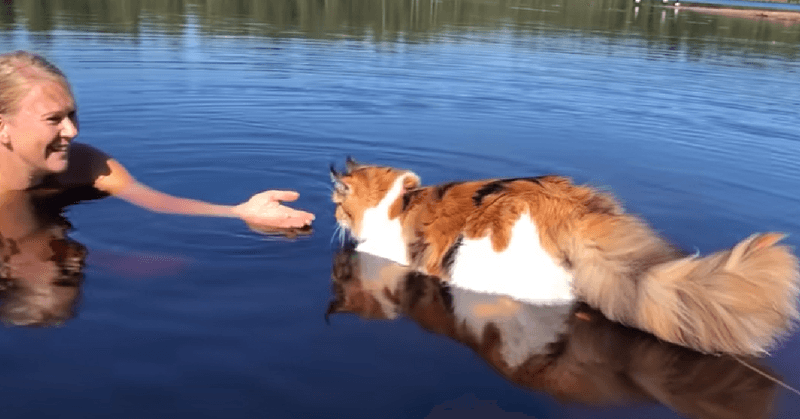
Contrary to popular belief, not all cats despise water. Some breeds, like the Maine Coon, have a surprising affinity for it. Imagine a Maine Coon kitten, its fur glistening as it joyfully splashes in a backyard pond. This breed is known for its water-resistant coat and playful nature.
Many cats will curiously dip their paws into water, intrigued by the shimmering surface. Providing opportunities for safe water play can enrich your feline’s environment, offering mental stimulation and physical activity. Understanding your cat’s unique personality can reveal unexpected interests, including a love for water.

